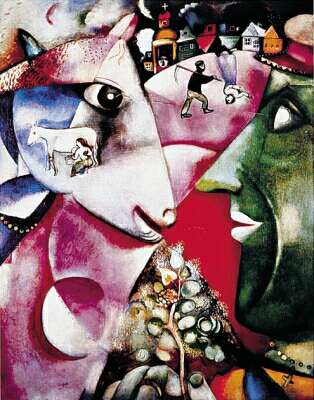
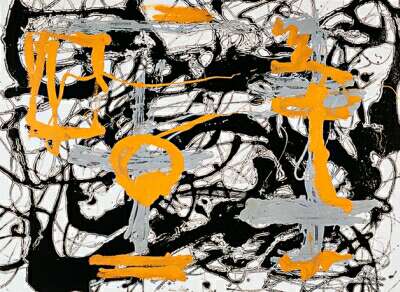
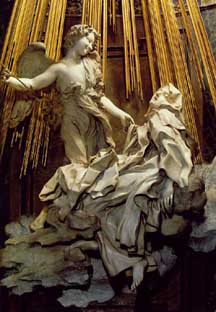
PHILOSOPHY OF ART
What do you think when you look at these pictures. What are your thoughts? What emotions do they motivate within you?
 |
 |
 |
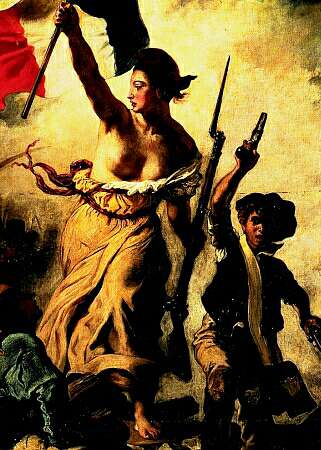 |
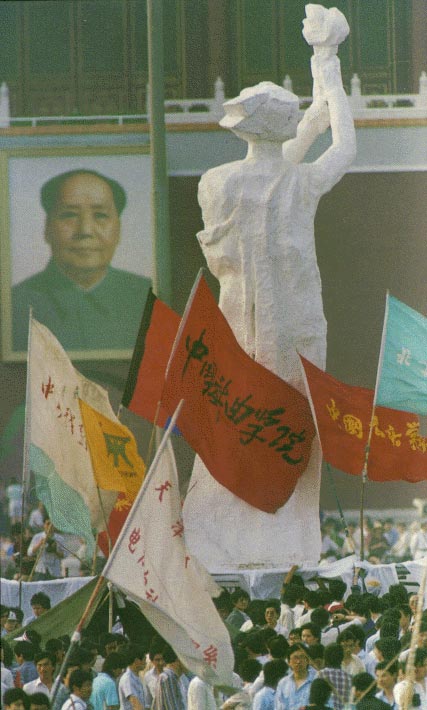 |
|
|
|
Plato (427?-347 B.C.) was one of the great geniuses of Western Civilization. The pupil of Socrates, Plato was probably present at Socrates’ trial. After his death, Plato became disillusioned with democracy. Plato wrote "dialogues," conversations between Socrates’ and various opponents, on ethics, politics, religion, and art. While the real Socrates never wrote anything down, we are left with Plato’s spin on Socrates. In the earliest Dialogues, Plato is clearly under the influence of his teacher. However, in his middle years, Plato reached the peak of his own powers, and The Republic, considered his greatest work, asks what the "good state" is. In his later years, Socrates disappears as a speaker, and Plato becomes more mystical in his writings.
In this week’s chapter, we are going to discuss the nature and function of art. Plato viewed art as harmful to the state and bases his view on an important distinction that appears throughout his works on appearance and reality. Read Wolff’s discussion of this distinction carefully, and then pay careful attention to Plato’s analysis of the characters in Gorgias (pp. 310-311).Note Socrates’ judgment of Gorgias, Polus, and Callicles. In one way or another, all three men are not what they seem. The difference between what they say and what they do is reflected in their personalities. Gorgias preaches one thing and does another; Polus, his pupil, is easily misled by Gorgias. Callicles really believes what he says, that might makes right, and that there are no universal rational principles binding the weak and the strong. This confusion shows itself in Callicles’ soul, which rants and raves, and is not governed by human reason. (Plato was a great psychologist, who realized long before modern psychology that we are driven by inner forces, or passions, which must be governed by human reason.)
This leads to Plato’s objection to art. On the one hand, Plato argues, art leads us away from reality. It is a copy of a copy of true reality. On the other hand, art upsets the inner harmony of the soul, and like Callicles, leads to inner turmoil. Read the selection from The Republic carefully to see if you can spot Plato’s two-pronged attack (pp. 313-317). Considering how famous Plato (and Socrates) have become, there is a certain irony in the fact we are often mislead by the "art of Plato" himself. Socrates and Plato were conservative in their politics, and had great reservations about democracy; but they have come down to us as the "good guys" while their more liberal opponents are now seen as the "bad guys." The second attack of Plato deserves consideration. As you shall see in the readings at the end of the chapter on "Pornography and Art" (pp. 336-348), some would agree with Plato that there might be--in some instances--a case for censorship!
Aristotle
(384-322 BC) was one of the most influential figures in the history of Western
philosophy. A student of Plato, he lectured on a wide range of topics from the
sciences (astronomy, biology, anatomy) to the more speculative fields of
philosophy (logic, metaphysics, and ethics). After leaving Plato’s
Academy, he became a tutor to the young Alexander the Great. Aristotle
even persuaded Alexander to send back plant specimens from as Far East as
The dispute between Plato and Aristotle comes down to how each saw reality. This is what we call metaphysics. While Plato actually seemed to have believed that there were eternal "forms" in a reality beyond time and space, Aristotle believed that the universal "forms" are present in the particular things here and now. For example, true beauty exists in a particular work of art. While Plato believed that tragedy aroused uncontrollable passions, Aristotle argued that the exact opposite is true. Tragedy (and comedy) leads to a catharsis, or purging of such emotions as fear and pity. Think about “All in the Family” or “MASH”. This debate between Plato and Aristotle continues today as society argues over the merits or demerits of pornography and violence in the media. The recent debate over an art exhibit in New York highlights the emotions that this issue can bring. Read the selection by Aristotle carefully (pp. 321-323) and see if you can understand his distinction between pure historical writing and drama. The second paragraph is the key, where Aristotle notes that a "tragedy is the imitation of action that is serious...with incidents arousing pity and fear, wherewith to accomplish its catharsis of such emotions..."
The greatest
revolt against the rational strain in art was Romanticism. Those
who have had me in Exploring the Fine Arts will recall my waxing over
Turner. Until the late 18th century, art had patterned itself on the
classical age of
|
|